How to Become a Traffic Marshal — Roles, Responsibilities & Online Certification
WHY TRAFFIC MARSHALS TRANSFORM SITE SAFETY
At the most critical moments on site—when a 20-tonne tipper edges back toward a trench or a slewing crane swings overhead—a trained Traffic Marshal (Banksman) brings order to potential chaos. The Health & Safety Executive recorded 38 fatal incidents linked to vehicle movements between 2018 and 2023. A qualified marshal guides drivers using ATLAS or NPORS hand signals and two-way radios, sets up exclusion zones, and manages dynamic risk assessments to prevent collisions and near-misses.
UNLIMITED MOCK TESTS AVAILABLE FREE ON OUR TEST HUB at Test Hub—practice as often as you like before sitting your CITB Health, Safety & Environment Test.
1 | A TYPICAL SHIFT FOR A TRAFFIC MARSHAL
Before first light you arrive on site, download today’s RAMS from the cloud and walk the planned haul routes. You inspect temporary barriers, reposition wayfinding signs knocked over by overnight wind, and ensure pedestrian walkways are clear. When the first HGV approaches, you step into the driver’s wing-mirror line with precise hand signals that leave no room for doubt. A sudden rain squall reduces visibility; you pause all vehicle movements, update the dynamic risk assessment to lower speed limits and call for an additional marshal at the blind bend. Throughout the day, you log every near-miss, weather change and equipment fault in a digital diary—creating an audit trail that stands up to HSE scrutiny.
By mid-afternoon you will have managed over fifty vehicle reversals, intercepted a pedestrian straying into the haul road, and briefed the site supervisor on barrier improvements and signage adjustments. Your signature on the daily log completes the compliance loop, ensuring paperwork is as reliable as your signals.
2 | DETAILED ROLES & RESPONSIBILITIES
| Task | Why It Matters | Typical Tools |
|---|---|---|
| Pre-start risk assessment | Identifies blind spots and pinch-points before any movement. | Site plan, cones, RAMS template |
| Route clearance & signage | Eliminates last-second evasive manoeuvres that cause collisions. | Chapter 8 boards, barriers |
| Hand-signal direction | Communicates clearly across diverse, multilingual crews. | ATLAS/NPORS chart, hi-vis gloves |
| Radio coordination | Maintains control when line-of-sight is lost. | Two-way radio, ear defenders |
| Pedestrian management | Prevents foot traffic intrusion into exclusion zones. | Pedestrian barriers, warning tape |
| Incident logging | Creates evidence for RIDDOR compliance and continuous improvement. | Tablet or paper logbook, digital forms |
3 | ESSENTIAL SKILLS FOR EXCELLENCE
Becoming an outstanding Traffic Marshal demands more than memorising hand signals. You cultivate advanced situational awareness—anticipating vehicle and pedestrian movements like a chess master. Your communication must cut through engine noise: every wave, inch-by-inch signal and radio call is delivered with clarity. You develop the confidence to stop a reversing driver respectfully, balancing authority with diplomacy. Finally, you master basic literacy and digital-form proficiency so every near-miss and daily check is logged accurately and legibly.
4 | REQUIRED UK QUALIFICATIONS
Before guiding a single vehicle, you must secure a CSCS Card. That involves:
- Completing the Level 1 Health & Safety in a Construction Environment course (100 % online).
- Passing the CITB Health, Safety & Environment Test (50 questions, 45 minutes) — practise on our Test Hub at no cost.
- Submitting your certificate and paying the £30 application fee, or choose our CSCS Green Card Full Package for a hands-free process.
Next, enrol on the Traffic Marshal Online Course. You’ll work through interactive simulators, video scenarios and quizzes before taking a situational-video assessment. On passing, you receive:
- PDF Traffic Marshal Certificate (valid three years).
- Photo ID e-card for lanyard or digital wallet.
- Supervisor briefing sheet to speed up your on-site impact on day one.
5 | WHY CHOOSE ONLINE TRAINING?
Our platform recreates real site conditions in your browser, adjusting weather, traffic density and plant types in real time. You can study on phone, tablet or laptop between shifts; pause mid-module and resume without losing progress. Most learners finish within two hours and download a certificate immediately—no waiting for exam dates or travel to training centres. Every element mirrors HSE and CITB guidance verbatim, ensuring your PDF certificate and e-card grant you instant gate acceptance.
6 | CAREER PROGRESSION & SALARY OUTLOOK
Entry-level Traffic Marshals earn around £19,850 pa (Adzuna, Jan 2025). On major infrastructure or night-shift projects, premiums push annual pay beyond £26k. From this role you can advance to Site Logistics Supervisor, CPCS A73 Plant & Vehicle Marshal or Health & Safety positions via SSSTS and SMSTS qualifications. Your marshal expertise—radio comms, risk assessment and exclusion-zone management—also opens doors in airports, film sets and large-scale events.
7 | CONTINUING PROFESSIONAL DEVELOPMENT
Stack these micro-credentials alongside your Traffic Marshal ticket to keep your CV at the front of the queue:
ENROL ON THE TRAFFIC MARSHAL COURSE TODAY AND GUIDE SAFELY, EARN MORE TOMORROW
NEED A CSCS CARD FIRST? SECURE YOUR GATE PASS
If you prefer to speak with an expert, call our tutors on 0203 345 6575 or email [email protected].


 Student Login
Student Login Julie Gent
Julie Gent